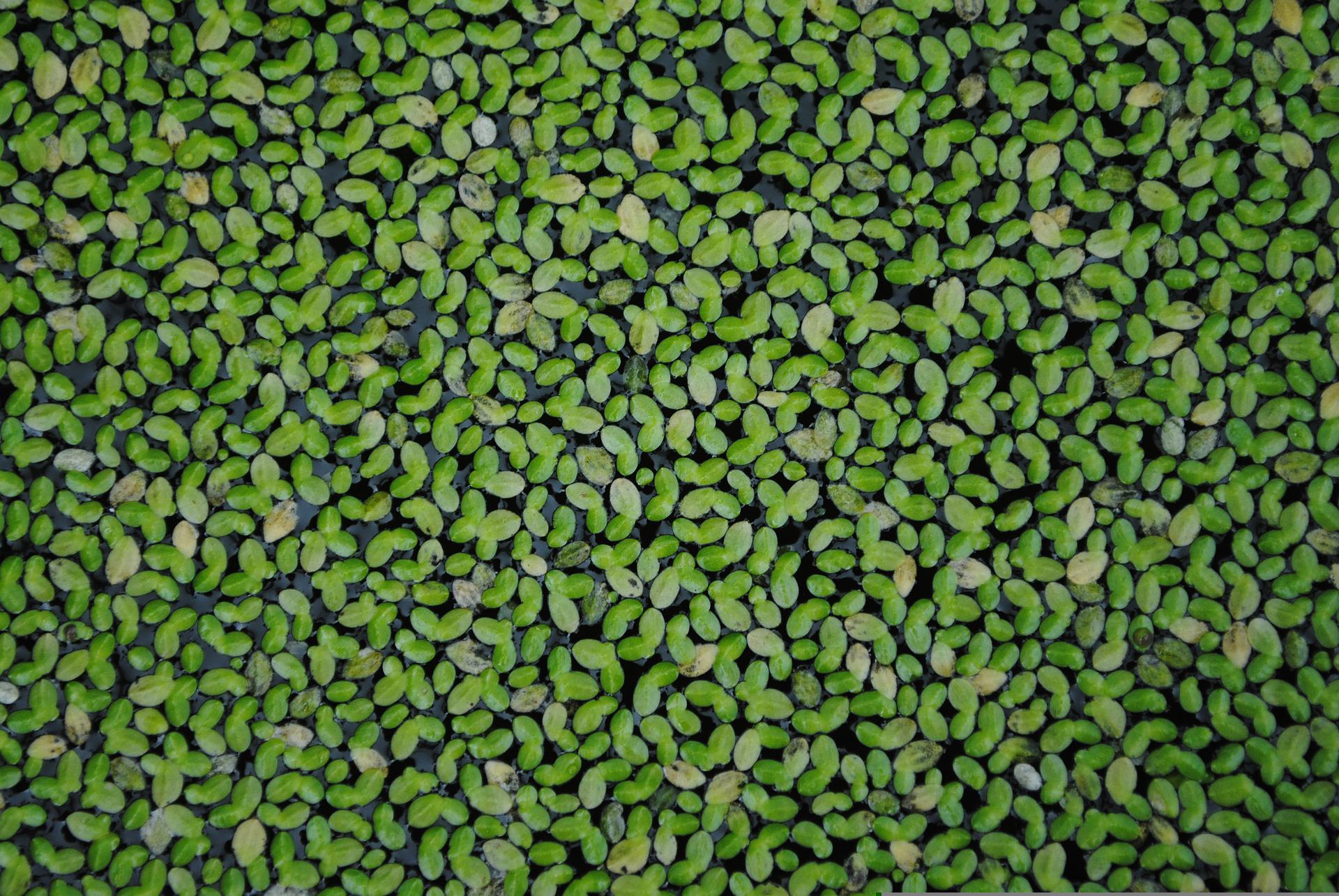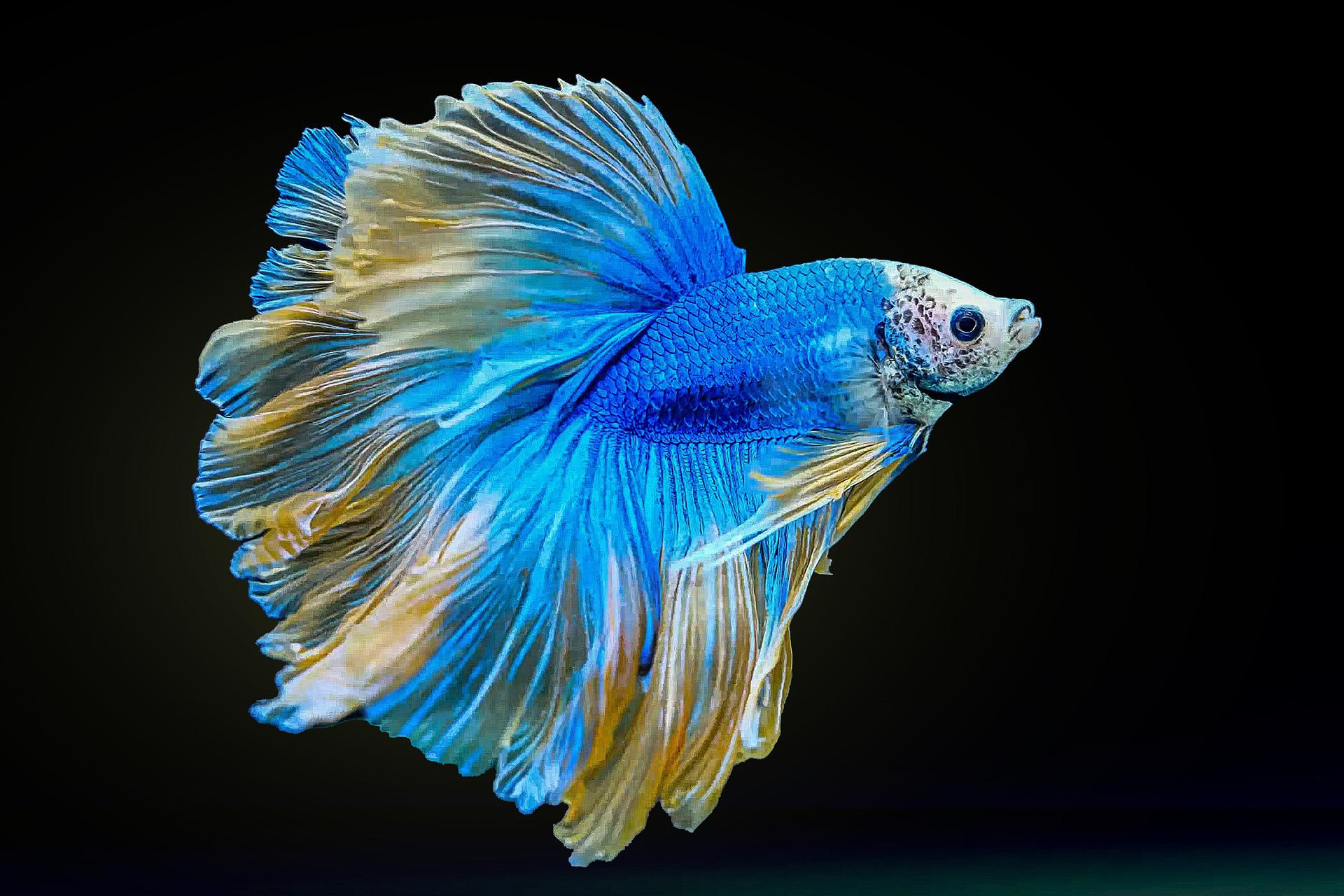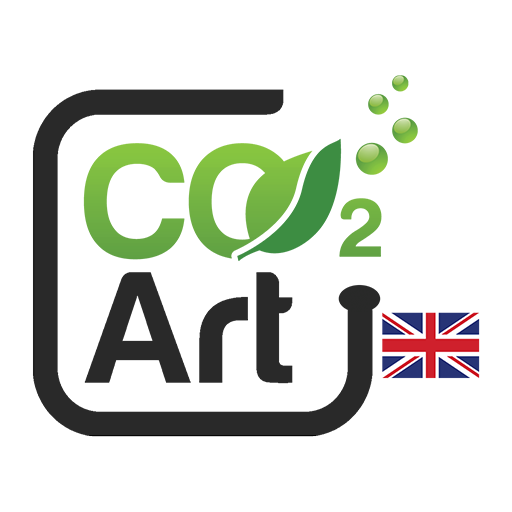Busy hobbyists will surely like this option, however having a self-sustaining fish tank is a great challenge. That being said, a closed ecosystem can’t be entirely autonomous because it can’t create a natural food chain itself. Therefore maybe for the purpose of this article, it’s better to call it low maintenance aquarium or a self-cleaning aquarium. Read our article to learn everything you need to know about setting up self-cleaning aquariums and why they are so much fun to observe.
Balance is the key
There is a saying that a planted aquarium is ever-evolving. This is true in every sense of the phrase. Not only does it evolve in its appearance but the balance of a fish tank is also changing all the time. One may have an expensive light or just a simple planted community aquarium. The objective is always the same; Balance. It is always the key to a successful planted tank. You can never achieve a beautiful aquarium or have healthy fish without it.
Balance in planted aquariums would mean that every compound (i.e., ammonia, nitrite, nitrate, phosphorous) ever produced by fish and plants is quickly consumed by the good bacteria and the flora so as not to give algae and cyanobacteria a chance to take advantage of those nutrients. In other words, starve algae to death. This cannot be achieved by chemical or mechanical means. The only way to do this is to provide enough competition so algae will not thrive.
As balance is the key to every aquarium, the objective is for the tank to someday not require or have minimal outside intervention for it to thrive. This refers to water changes, fertilizers dosing and CO2 supplementation. There is no sure win formula for self sustaining aquariums.
It can only be achieved with calculated trial and error for each tank is always different.
A well-balanced tank would mean that the whole ecosystem will produce enough of everything for it to thrive for a long time. The most extreme objective is to someday do away with water changes and just top off the tank with what was lost to evaporation. Extreme setups will do away with any aquarium filters and will just be reliant on the good bacteria living on rocks and substrate to take care of ammonia and other wastes. The only thing needed with this type of setup would be a good source of light for plant photosynthesis and since the tank is an enclosed ecosystem with limited space, one can never do away with providing the tank inhabitants with fish food. That small space could not provide enough food even for just one fish therefore having a self sustaining food chain is impossible if you want to have flourishing fish.
Aquarium plants
Self-sustaining aquariums are not that common since it is one of the most difficult to achieve in this hobby. A lot of factors need to be considered. First would be the choice and number of plants to put in the aquarium. One would need to look into plants that would thrive without a current and plenty of CO2 in the water. The so-called low-tech plants are perfectly suited for this. Low tech live plants (aquarium plants that do not require CO2 injection) are mostly slow growing plants that do not require a lot of light to thrive. Anubias comes first on this list. Java Fern, Amazon Swords, Pearlweed, Ludwigia Repens, Hornworts, Staurogyne Repens, and even duckweed can be considered for this type of setup.
The water fish plant ratio is when we find a balance and to have at least two thirds of the tank planted, leaving the one third space for hardscape materials or just open space. This number of live plants should be sufficient to provide algae growth. Choosing fast growing aquarium plants is not a good idea in this situation as eventually these plants will starve themselves as they grow. And you want to have plants healthy, don’t you? 😉

Lighting
One of the most important aspects to this setup is lighting. Plants require a good source of light for them to produce their own food. Never provide high light. Highlight only increases plants metabolism which will also increase their need for more nutrients and more CO2 to keep up with that metabolism. Too strong lighting also contributes to excess algae which is the greatest enemy for any hobbyist. Just provide enough light for growth for the plants not to be leggy, with natural day and night cycle.
Livestock
Stocking densities for fish tanks commonly in the aquarium hobby is not applicable in this instance. A ten-gallon tank should only house a maximum of 4 small fish and some invertebrates. Fish produce fish waste and a fish tank without flow or aquarium filters can definitely be helped by under stocking. You can introduce algae eating fish e.g. black mollies keeping the tank clean. This algae eating fish species is perfect for such a fish tank. Read our article to meet more algae eaters.
Most people who do these types of setups often use fish that will also thrive in low oxygen environments (we need to remember that we don’t use air pump in such a setup). Anabantids are perfectly suited for this. Betta Splendens and Gouramis will fit in this setup just fine with these fish species capable of breathing air from the water surface. It would also be an advantage to employ bottom feeders and scavenger’s such as shrimp and snails. The fish though will eventually look at them as food source but if the tank is already filled with dense plant life, there should be plenty of space for the shrimps to hide in, e.g. in java moss. If provided enough food these tiny crustaceans will eventually thrive and breed.

Setting up a self sustaining fish tank
The first 2 months are crucial. Frequent water changes at 50%-70% once or twice a week must be carried out. This is done so as not to swing the parameters to extremes while waiting for the beneficial bacteria and plants to establish themselves during the nitrogen cycle. They will eventually start growing during which time water changes will be gradually reduced over time. They key to a self-cleaning fish tank is not to swing the water parameters to extreme. In first stages of aquarium life, test water parameters regularly. When the tank is stabilized, this will be much rare activity. Water temperature can be kept constant by placing the aquarium away from windows and sunlight. Topping water lost to evaporation should be done with either rainwater or R.O. water. The reason to this is that dissolved solids in the aquarium water will be left behind during the evaporation process. This renders the remaining water to be harder than it originally was. To put it back to its original state, top it off with pure rainwater or R.O. water.
Summary
Sustainability should come by fish and plants codependency. As the aquarium matures and the live plants reproduce, so should the fauna breed and reproduce as well. Baby fish should develop like in natural habitat. The plants ever increasing need for nutrients should be provided by the fish waste. This type of autonomous tank though difficult to achieve is the closest we can ever get to the real thing.


Comments ( 13 )